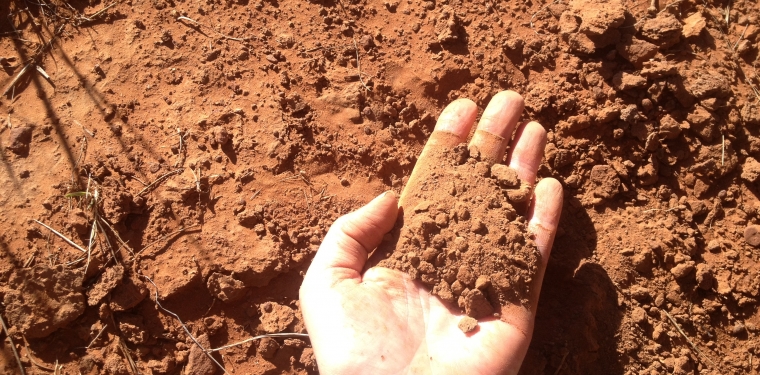A How-To for Beginning a Compost Pile

If you have flowers or vegetables in your yard, you have many different choices to augment the quality of your plants, yet if you are concerned about what choice will benefit the environment the most, your best choice is starting your own compost pile.
Many people mistakenly believe that starting a compost pile is difficult and requires an expensive bin to hold everything. Nothing could be further from the truth. You simply need an outside space that measures at least three square feet. This is the minimum size necessary to allow the materials you put in your pile to heat up and decompose. You may still prefer to buy or construct a bin as it makes turning the compost easier and can protect it from excessive rain. However, starting without a bin is the easiest route for a first-time composter.
What You Will Need
Prior to starting your compost pile, you’ll need to collect organic material that will go into the pile. The parts of compost are coarse, dry brown materials such as woodchips, leaves, straw and the like; nitrogen-rich stuff like grass clippings and kitchen scraps; and soil. You’ll also need a fork or a garden shovel. That’s it! The ingredients in compost are simple, but they turn into the precious organic black gold that improves the structure of your soil and feeds your plants.
Beginners often wonder what type of kitchen scraps are appropriate for compost. Save vegetable peelings, apple cores, banana peels, fish scraps and even egg shells and coffee grounds into your pile. The items don’t have to be green to qualify but must include nutrient-rich nitrogen.
The Compost Pile Process
Start with spreading a layer of brown material as a base and top it with a layer of greens. Follow this with a thin layer of soil and add another layer of brown. Moisten the layers and keep repeating until you have a pile that is three feet high. Make sure to moisture the pile after every three additional layers.
Try to layer the pile with three parts brown material to one part green. If you don’t have enough material at the beginning to reach the three-foot height, don’t worry, just keep adding. Your pile should remain moist, never soggy. Turn the pile every few weeks by moving material from the inner part to the outer section. You may sometimes see steam rising from the pile, especially the first time you turn it. This is part of the normal decomposition process. When your pile is almost black and slightly sweet smelling, it’s ready. Save any material that has not decomposed to begin your next pile.
The Benefits of Compost
Commercial fertilizers feed plants whereas compost feeds and improves the structure of the soil. It’s entirely natural and costs nothing except your time. You’ll also benefit the environment by keeping waste out of landfills and avoiding the use of chemical fertilizers that pollute soil and water. best of all, you can use compost to feed everything from your lawn to trees, shrubs and flowers as well as vegetables.




